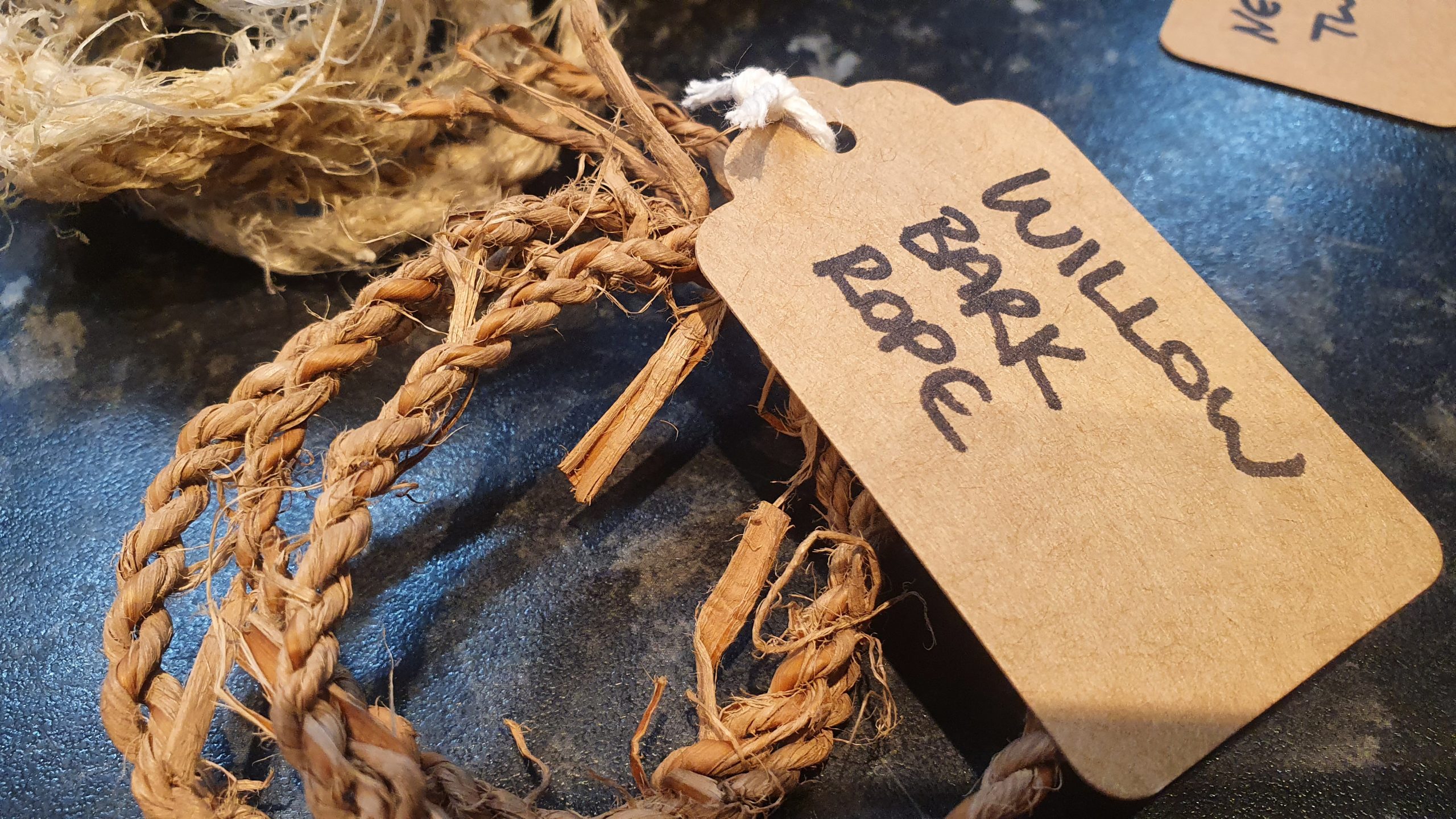
Shelter building is very much a common sense endeavour. The major considerations are structural strength and insulation/wind proofing. After those, you might want to think about comfort. In Canada I made my ridgepole higher than my head, because I was going to be there for a while and wanted to be comfortable. However, if I had made it a little smaller (whether lower or narrower), I might have been able to get the tarp to the ground on both sides, which would have made seriously reduced the building materials required, saving me a great deal of labour.
Before you even begin building, you’ll want a nice spot. Typically it will be flat and have the resources you need close to hand, though of course, you can adapt your resources to the terrain to some extent, and you can work with a hill if necessary. You should also check for dangerous trees or branches, which are often, with good reason, called widow-makers.
Wanting to minimise actual skilled work, I chose to make my shelter fairly simple. My ridgepole was extremely strong, built by first lashing two logs to two standing trees so that they rested on the ground, and sitting the pole on top of them. Then I tied the pole sideways into the tree, so that each end rested on on the end on an upright log that was standing on the ground. DIAGRAM
Next, I leaned lengths of dead wood against the ridgepole, and after measuring out the space I’d need, threw the tarp over the top. Around this time I stopped to make a bed, because it would be less awkward if I could move the roof out of the way when necessary.
When the bed was done I pinned the tarp down, and put more dead wood on top of it. On one end the tarp reached the floor, but the other was about two feet short. I should have found a way to shrink it, but I figured the dead wood and some moss would cover the gap – which it did, but only with a lot of work collecting.
Since it was warm I slept this way for a few days, with my fire on a stone bed just outside to ward off predators. Eventually I built a back wall by simply hammering down four stakes and dropping horizontal lengths between them, while strapping the stakes tight with snare wire and layering moss between the logs. When I got high enough, I found the tarp could cover the rest, so I tied it all in. The final wall, where I needed a doorway and a fire, was a lot harder. I hauled so much clay, and so many rocks, from the river, that on reflection, given the temperatures, seems like a lot of wasted energy. On the other hand, I really enjoyed learning to make a fireplace. After the fire was made it became obvious that wind-proofing around it would be quite difficult – particularly given that most of the available alternatives are flammable!
Doors are another problem that is just not that easy to fix. The best option is probably a blanket or bit of tarp that can be hung over a doorway with plenty of overhang, keeping out most of the wind and rain. My own attempt at a door involved about two kilos of snarewire, a lot of moss, and a foil blanket, but still did not come close to keeping out the draft. One of the best doors I’ve ever had, though it wasn’t available on alone, was a sheet of corrugated tin. It was light, strong, and kept the find and rain at bay. In very cold conditions it would probably not be the best material, But in moderate temperatures, you are generally just trying to keep the worst of the weather out, so it that sort of item is a perfect find.
Once I’d banged made a fireplace, a door, and a small wall at the front, I stuffed moss into every orifice I could find, and even layered it over the tarp. I made a quick table by laying down two big logs, putting some lengths of tree across them, and applying pegs to stop them rolling off. Then I was done.

Teepees are a very valid form of shelter too, and make a lot of sense in the shortish term. They can be made in less than a day and keep you warm and dry, but usually give you only a little standing room and not a huge amount of space. Personally, I’ve found the rough design of a teepee appropriate for even quite small, two person shelters, and if there is a good supply of bracken or leaf litter, construction need not take more than three hours.





Leave a Reply